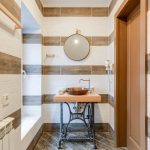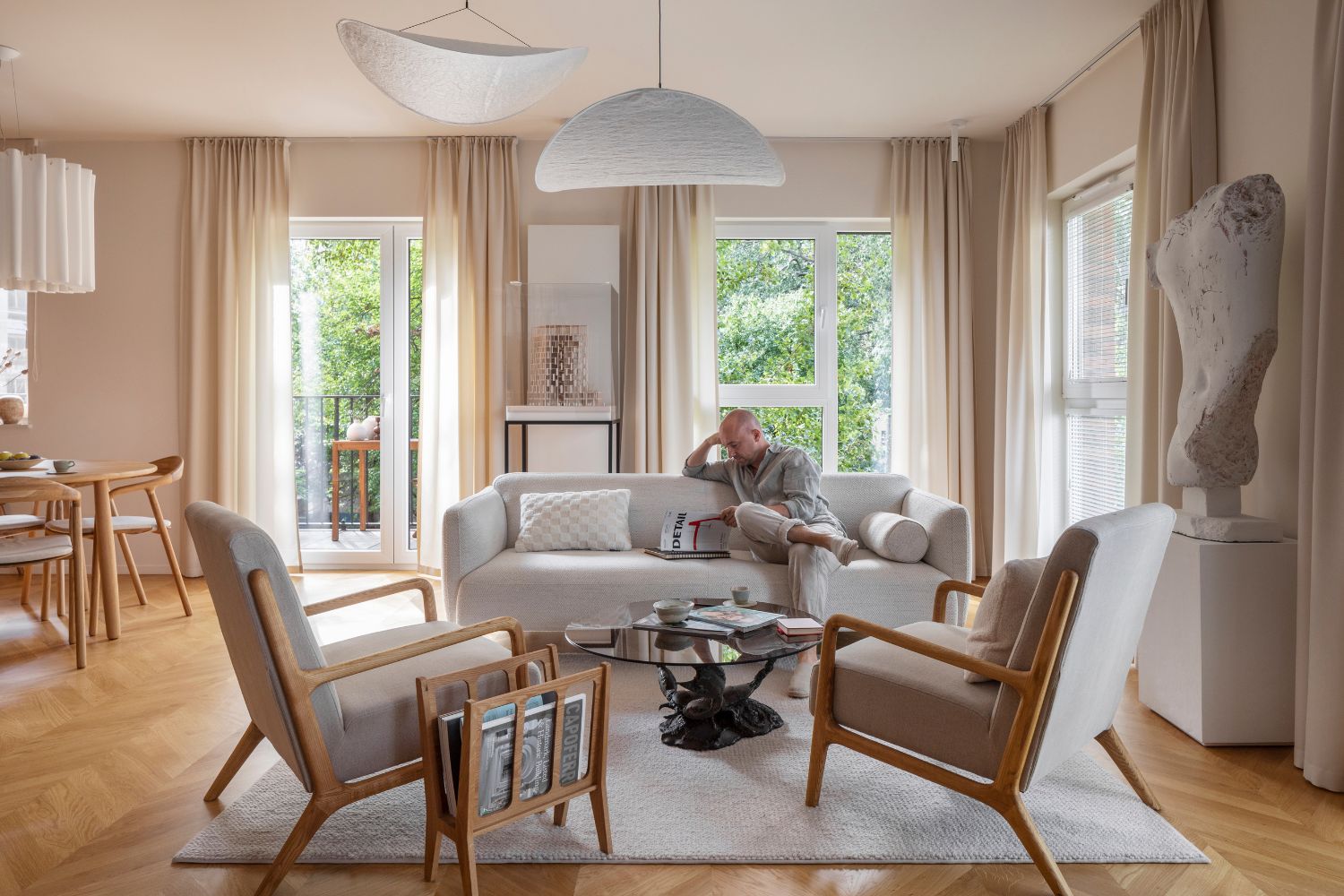- Home
- Articles
- Architectural Portfolio
- Architectral Presentation
- Inspirational Stories
- Architecture News
- Visualization
- BIM Industry
- Facade Design
- Parametric Design
- Career
- Landscape Architecture
- Construction
- Artificial Intelligence
- Sketching
- Design Softwares
- Diagrams
- Writing
- Architectural Tips
- Sustainability
- Courses
- Concept
- Technology
- History & Heritage
- Future of Architecture
- Guides & How-To
- Art & Culture
- Projects
- Interior Design
- Competitions
- Jobs
- Store
- Tools
- More
- Home
- Articles
- Architectural Portfolio
- Architectral Presentation
- Inspirational Stories
- Architecture News
- Visualization
- BIM Industry
- Facade Design
- Parametric Design
- Career
- Landscape Architecture
- Construction
- Artificial Intelligence
- Sketching
- Design Softwares
- Diagrams
- Writing
- Architectural Tips
- Sustainability
- Courses
- Concept
- Technology
- History & Heritage
- Future of Architecture
- Guides & How-To
- Art & Culture
- Projects
- Interior Design
- Competitions
- Jobs
- Store
- Tools
- More
Create Modern Working Spaces with Functional and Stylish Interior Ideas
Discover how modern workspaces are revolutionizing productivity and creativity by blending functionality with style. Explore trends in open layouts, ergonomic furniture, and vibrant colors that promote collaboration and innovation.

In today’s fast-paced world, our workspaces are evolving rapidly, blending functionality with style to meet the demands of modern professionals. As we spend more time in these environments, it’s essential they not only support productivity but also inspire creativity and comfort. The challenge lies in designing spaces that cater to diverse needs while maintaining a sleek and contemporary aesthetic.
We’re witnessing a shift towards open layouts, ergonomic furniture, and vibrant color schemes that invigorate and energize. These elements aren’t just about aesthetics; they’re about creating an atmosphere that fosters collaboration and innovation. Whether it’s a home office or a corporate setting, the right interior design can transform how we work and feel.
Let’s explore some of the most effective ideas for crafting modern working spaces that are as functional as they are stylish. By incorporating these concepts, we can create environments that truly enhance our work experience.

Table of Contents
ToggleExploring Modern Working Spaces
Modern working spaces incorporate elements designed to drive efficiency and innovation. Open floor plans create a sense of community and encourage teamwork, breaking down barriers that traditional cubicle settings often impose. Ergonomic furniture is essential; adjustable chairs and desks enhance comfort, reducing health issues tied to prolonged sitting.
Technology integration is crucial for functionality. Interactive whiteboards and smart conferencing tools facilitate seamless communication in global teams. Wi-Fi coverage and power outlet distribution are key factors; they ensure employees remain connected and productive throughout the day.
Aesthetic considerations elevate a workspace’s appeal. Vibrant color palettes stimulate creativity and positive moods. Natural light, supplemented by eco-friendly artificial lighting, boosts energy levels and reduces eye strain. Decor, including plants and artwork, adds personality and warmth, making the environment more inviting.
Customizable work areas cater to diverse needs. Focus zones offer quiet spaces for concentration, while collaborative hubs allow for brainstorming sessions. Breakout areas provide relaxation spots, and their informal setups help employees recharge during breaks.
Materials contribute to sustainability. Using recycled or locally sourced materials aligns with eco-conscious values, appealing to both employees and clients. Modern design harmonizes functionality and style, positioning workplaces as environments that inspire achievement and well-being.
The Importance of Functionality in Office Design
Incorporating functionality in office design is crucial for fostering a productive and efficient workplace. Our focus on balancing aesthetics with practical elements supports both individual and team success.
Enhancing Productivity
Functional design elements directly improve productivity. When we incorporate ergonomic furniture, such as adjustable chairs and standing desks, we reduce discomfort and potential health issues, allowing employees to focus better on tasks. Designated quiet zones offer spaces for concentration and deep work, while collaborative areas, equipped with modern technology like smart boards, encourage teamwork and idea sharing.
Creating Efficient Workflows
Well-planned office layouts streamline workflows. By organizing departments with interrelated functions close to one another, we minimize unnecessary movement and enhance communication. Installing versatile furniture solutions, like modular desks and movable partitions, allows us to adapt spaces quickly to meet shifting project needs. Efficient storage solutions, including paperless systems and digital organization tools, contribute to clutter-free environments that boost operational efficiency.

Stylish Interior Ideas for Modern Offices
Balancing functionality with chic aesthetic transforms offices into inspiring environments. Embracing innovation elevates workspaces into contemporary hubs of creativity and productivity.
Innovative Furniture Solutions
Choosing furniture means opting for pieces that offer adaptability. Multipurpose desks with built-in storage and adjustable heights cater to various working styles and comfort levels. Modular seating arrangements, like sectional sofas and movable chairs, allow teams to reconfigure spaces easily for different tasks. Ergonomic chairs with adjustable lumbar support reduce strain and discomfort, encouraging users to maintain focus throughout the day.
Color Schemes and Lighting
Effective color schemes create dynamic atmospheres that stimulate creativity. Incorporating bold accent walls in blues or greens can invigorate spaces, enhancing mental clarity and focus. Warm, neutral tones like beige or light gray provide a calming backdrop that minimizes distractions.
Lighting directly impacts mood and productivity. Natural light, maximized through large windows and open floor plans, invigorates and refreshes. Where natural light is lacking, ambient LED lighting provides energy-efficient brightness. Task-specific lights, such as desk lamps, help reduce eye strain and maintain concentration on detailed work.
Incorporating Technology Seamlessly
In today’s digital age, integrating technology into workspaces enhances functionality and style. Smart solutions redefine how we interact with our environments, elevating efficiency and experience.
Smart Office Gadgets
Smart gadgets streamline tasks and improve interactions. Devices like smart speakers and automated lighting systems adjust the environment with voice commands. Wireless chargers keep devices powered without clutter. Touchscreen panels manage presentations, making meetings more dynamic. Adopting these solutions transforms offices into tech-savvy hubs.
Connectivity and Collaboration Tools
Robust connectivity tools strengthen remote teamwork. High-speed internet is essential for uninterrupted communication. Platforms like Slack and Zoom facilitate real-time collaboration across distances. Interactive whiteboards share ideas visually and engage team members during virtual meetings. By integrating these tools, we ensure seamless collaboration and maintain productivity in any location.

Adapting to New Work Trends
As work dynamics shift towards flexibility, modern offices evolve to meet diverse employee needs. Adapting workspaces to current trends enhances both functionality and style.
Remote and Hybrid Workspaces
Remote and hybrid models dominate the modern work landscape. To support these models, we incorporate dedicated remote workstations with necessary tech integration for seamless connectivity. Using interactive video conferencing solutions like Zoom and Microsoft Teams, our teams collaborate effortlessly across distances. We design spaces for hybrid meetings, incorporating smart boards and video-ready pods to ensure effective communication.
Flexible and Multi-Use Areas
Versatile spaces support varied activities and team sizes. We implement modular furniture—reconfigurable desks and chairs—so teams can adapt settings for workshops or quiet work sessions. For common areas, incorporating mobile partitions helps swiftly transform spaces based on current needs. By creating agile environments, we foster innovation and accommodate evolving workflows.

Conclusion
In this section, we’ve explored various aspects of modern working spaces that seamlessly marry functionality with style. By integrating ergonomic furniture and open layouts, we not only enhance comfort but also encourage collaboration among teams. Vibrant color schemes and natural light infuse energy, making these spaces more inviting and conducive to creativity.
Innovative technological advancements, such as smart conferencing tools and automated systems, streamline workflows and foster real-time collaboration, essential in today’s global workforce. Customizable areas, including focus zones and collaborative hubs, cater to diverse needs, while sustainable materials reflect our commitment to eco-conscious living.
We see that balancing chic aesthetics with practical elements transforms offices into environments that inspire and adapt to changing work dynamics, especially as remote and hybrid models gain prominence. By embracing these modern interior ideas, our workspaces can become thriving hubs of productivity and innovation.
- collaborative workspaces
- contemporary office designs
- creative workplace designs
- functional office design
- functional office spaces
- innovative workspace ideas
- interior design for offices
- Minimalist Office Design
- modern office aesthetics
- modern office layouts
- modern working spaces
- office decor inspiration
- office ergonomics
- office space optimization
- stylish interior ideas
- stylish work environments
- trendy office interiors
- workspace interior solutions
- workspace transformation
Submit your architectural projects
Follow these steps for submission your project. Submission FormLatest Posts
Modern American Homes: Interior Design Trends to Watch in 2026
Interior design in the United States is evolving toward warmer, more adaptable,...
BXB Studio’s Hybrid Interior: Redefining the Modern Architectural Workplace
The Warsaw headquarters of BXB Studio was established in a modest 70...
5 Must-Know Interior Design Trends in American Homes
From warm minimalism to bold oversized artwork, these five interior design trends...
How Open Kitchens Create a Sense of Space Indoors (Without Sacrificing Function)
Open kitchens: see how sightlines, lighting, and smart layouts make rooms feel...












Leave a comment